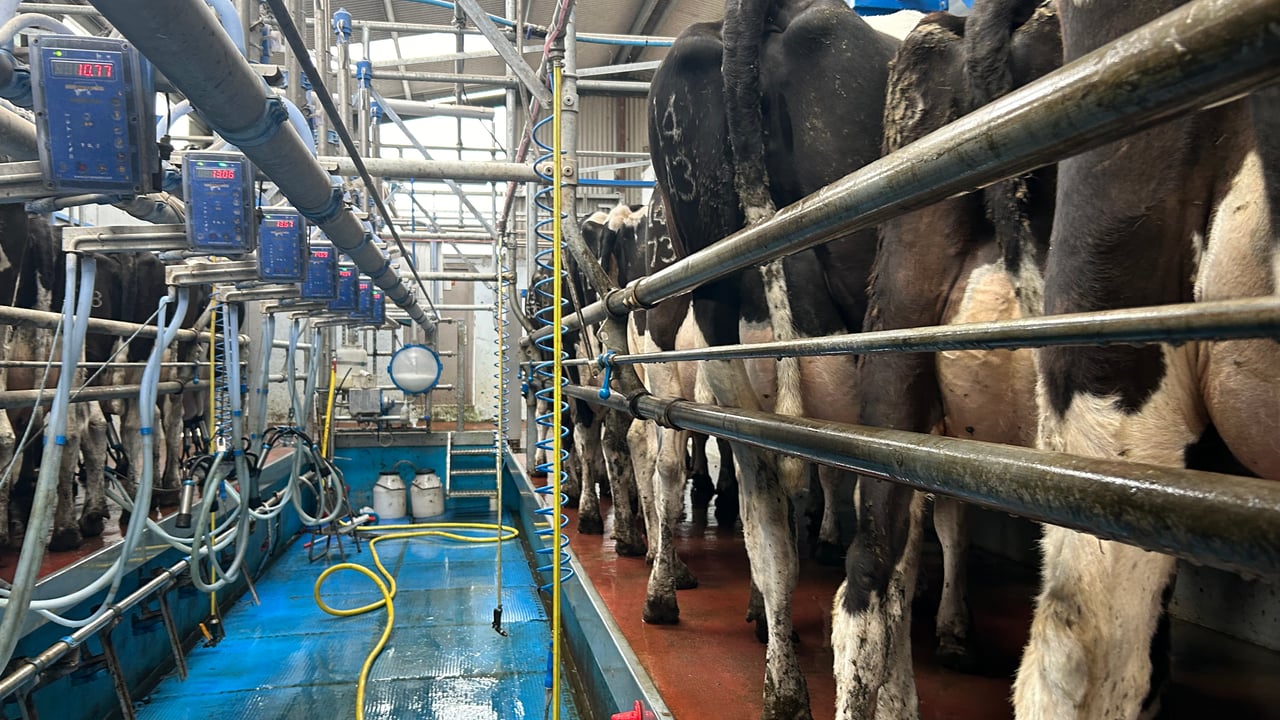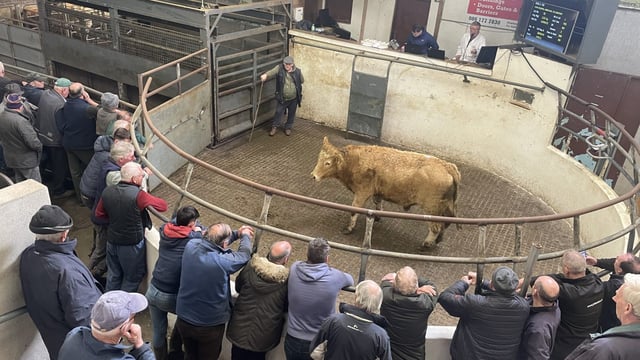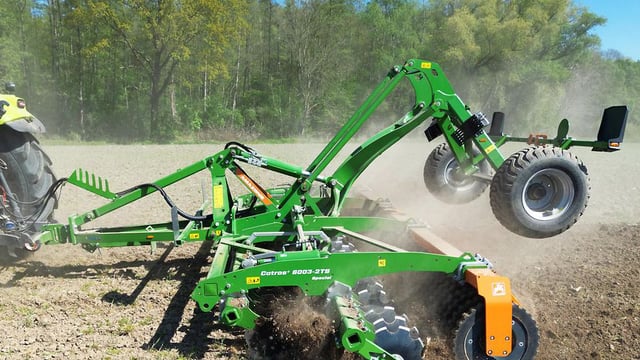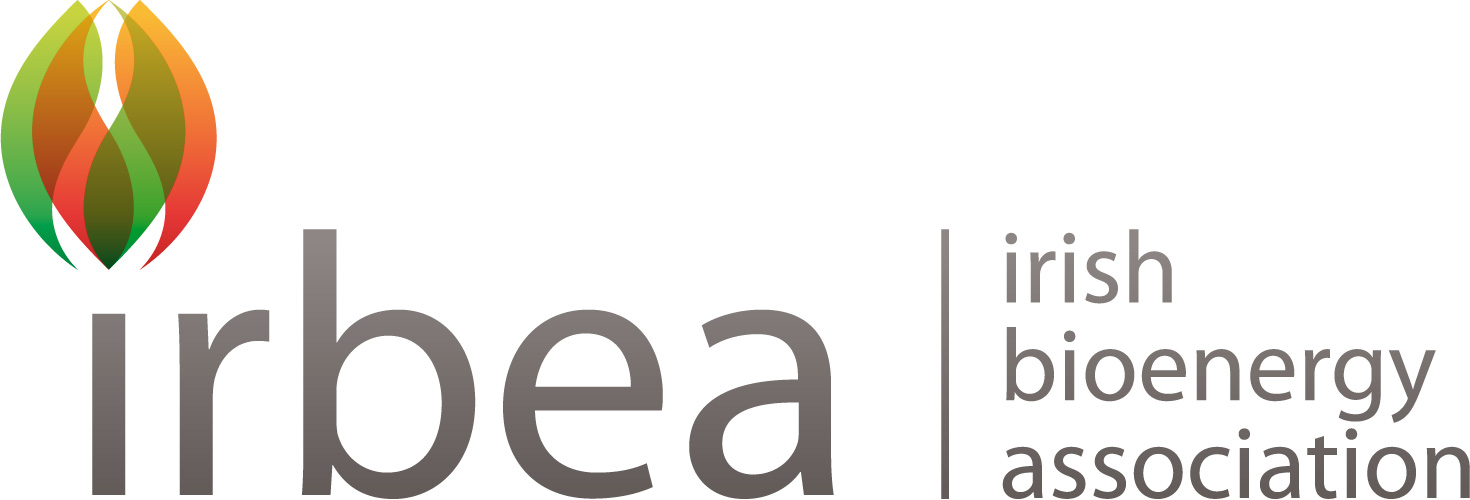Strict milking routine vital for milk hygiene at this stage of lactation
At this stage of the lactation, maintaining a strict milking routine is critical in order to produce high-quality milk, and crucial from a bonuses and milk price point of view.
Somatic cell counts (SCC) can easily increase at this stage of the lactation, which in turn leads to poor quality milk being produced and increases the risk of mastitis.
The aim of a good milking routine is to put clusters on calm cows, with clean, dry, well-stimulated teats to remove milk as quick as possible, and to remove the teat cups as soon as the cow has finished milking.
As cows are creatures of habit, having every day similar to the previous and the next is essential in order to put them at ease.
At this stage of the year, milking can get repetitive which can lead to an urgency to get in and out of the parlour as quickly as possible.
However, hygiene must not be overlooked, as it is important to strike a balance between good milking practices and efficiency.
Having a good milking routine should also be about making life easier for the farmer, as it should promote maximum product quality, safety for milkers and cows, and efficiency in time spent milking.
Before the cows are gathered, the milking parlour should be set up and wet down to avoid causing any unnecessary stress on the cows waiting to be milked.
A clean milking apron should be used with disposable nitrile gloves to help stop the spread of mastitis and protect against any zoonotic diseases, such as leptospirosis, during milking.
Clusters should be attached to clean, dry teats. Some farmers will opt to strip each quarter to check for mastitis and to stimulate milk let-down.
Farmers should strip quarters that they may be skeptical of, and carry out a California mastitis test (CMT) on cows that are off form or have a high temperature.
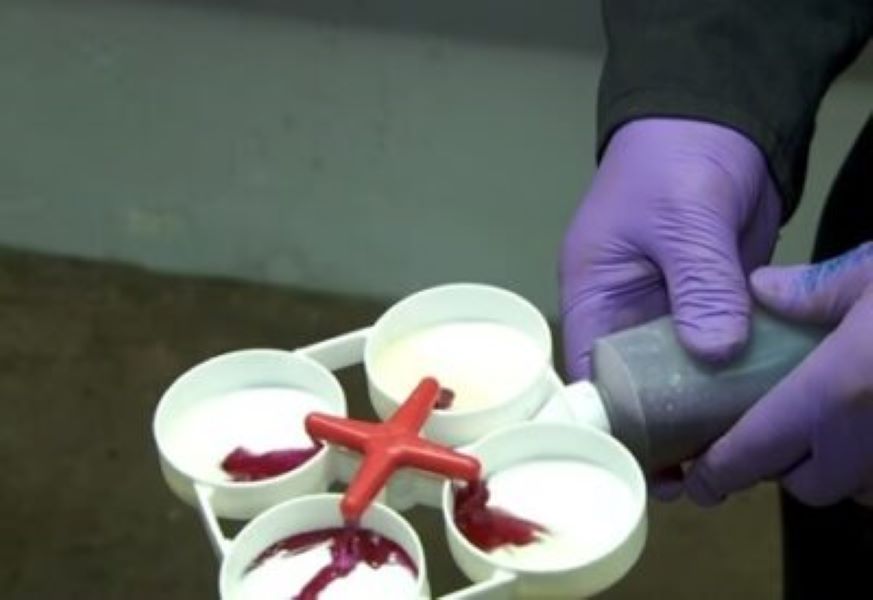
Once the cluster has been attached, it is important to check that it is sitting squarely on the cow, as this will prevent the liner from slipping or pinching the cow and ensure the cow is milked correctly.
Manual cluster removal should happen when there is only a single stream of milk visible in the claw piece in order to minimise the risk of over-milking.
Farmers should try to prevent causing air blasts when taking off clusters by turning off the vacuum and kinking the milk tube, or by using the button on the claw piece.
If you have automatic cluster removers (ACRs), ensure that they are in good operating order, and not taking clusters off cows that are still milking or leaving cows getting over-milked.
Apply post-milking teat disinfectant and regularly check that the majority of the teat skin of every teat is completely covered at the end of every milking.
Wash the parlour between rows and avoid washing while cows are in the parlour, unless all of the units are attached to cows as otherwise you may be spraying up bacteria and new infection into the teat ends of the cows.
Use running water and disinfectant solution to remove infected milk from gloves, liners, and other equipment to stop the spread of mastitis and other diseases.
At this time of the year, relief milkers and friends or neighbours may be helping out with the odd milking if the farmer was planning to go away an evening or a few nights.
In this scenario, it is essential to have standard operating procedures in place so the milker knows exactly how the milking and wash routines are conducted, to ensure there are no mistakes and/or spikes in SCC and mastitis cases.

